State “must not give a green light for more pollution,” says Columbia Riverkeeper as company cites erroneous estimate as reason for increase
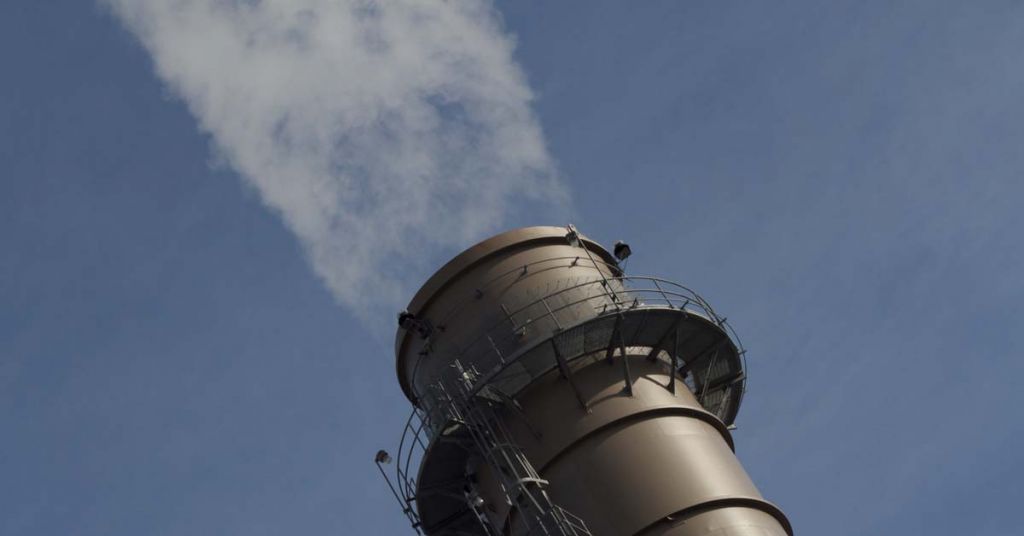
Keep on pushin’: PGE wants increased emissions. Opponents assemble. Photo: MPCA Photos
This article was updated on Dec. 7, 2021, with the addition of quotes from PGE spokesperson Allison Dobscha. —Editor
By Jordan Rane, November 21, 2021. A long-brewing proposal by Portland General Electric to significantly hike toxic emissions at Carty Generating Station is nearing its final public hearing stage—which has been pushed to next month.
If granted by the Oregon Department of Environmental Quality, PGE’s emissions modification request at its 440-megawatt, fracked-gas power facility in eastern Oregon will significantly boost carbon monoxide and volatile organic compound output—necessitated by earlier miscalculations, according to the public utility.
“The manufacturer of the facility’s gas turbine released new information that startup and shutdown emissions for two pollutants—carbon monoxide and volatile organic compounds—are higher than originally estimated,” said PGE in a public notice.
These modifications would amount to a 300% increase in CO levels and over 800% for volatile organic compounds (VOCs), according to an October report from Columbia Riverkeeper.
“In the midst of a climate emergency, Oregon must focus on reducing emissions—not give a green light for more pollution,” said the conservation organization in the report. The letter also calls for additional studies on the impacts of smog-forming pollution in the Columbia Gorge National Scenic Area and nearby communities.
“DEQ’s current plan to exempt fracked-gas power plants like Carty from its so-called ‘Climate Protection Program’ means DEQ should be doing more to rein in pollution,” stated Columbia Riverkeeper.
“Calling the site a ‘fracked gas plant’ is not entirely accurate,” stated PGE spokesperson Allison Dobscha in an email to Columbia Insight. “Both fracked and unfracked gases are transported through the same pipelines, so the natural gas we use to generate power at Carty comes from a combination of sources. This permit … reflects updated technical data and won’t result in any actual modifications to the plant. The updated permit also establishes more stringent short-term emissions limits than the previous version.”
Long shadow of coal burner
When it opened in 2016, the Carty Plant was viewed as an emissions improvement over its neighboring predecessor, PGE’s Boardman Coal Plant (BCP), sharing the same location about 15 miles southwest of Boardman, Oregon, and the Columbia River.
The last coal-burning power plant in Oregon to close its doors (in late 2020), BCP released an estimated 2 million tons of greenhouse gas emissions per year, according to PGE.
“Part of the purpose of (closing BCP, opening Carty) is to move away from coal and move toward cleaner energy resources,” a PGE communications consultant told Oregon Public Broadcasting late last year. “One of our long-term goals is to reduce greenhouse gas emissions by more than 80% by 2050.”
Dobscha notes that PGE has since updated its clean energy targets, aiming to “achieve zero GHG emissions from power served to customers by 2040.”
MORE: Aluminum’s legacy continues to hang over the Gorge
Cut to PGE’s latest Carty emissions modification proposal.
A three-fold increase in carbon monoxide and an eight-fold increase in volatile organic compounds amounts to “a massive increase in air pollution … and a proposal that deserves more investigation,” wrote Dan Serres, Columbia Riverkeeper conservation director. “VOCs are of particular concern because they combine with nitrogen oxides and sunlight to form low-level ozone (smog).”
According to PGE, the emissions modification at Carty Generating Station is necessary due to both the closure of the Boardman Coal Plant and new information about emissions levels needed to run the power plant according to its normal schedule and capacity.
A public hearing and comment deadline on the proposal has been extended to December 17.
A petition from Columbia Riverkeeper can be viewed here. You can learn more about the proposed modification and how to comment in the public notice here.
Columbia Insight contributing editor Jordan Rane is an award-winning journalist whose work has appeared in CNN.com, Outside, Men’s Journal and the Los Angeles Times.




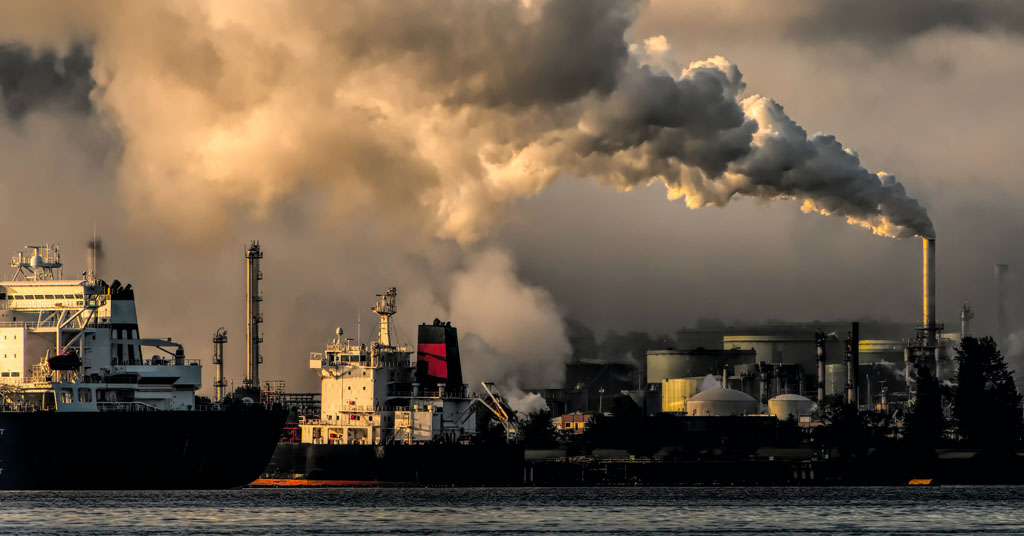
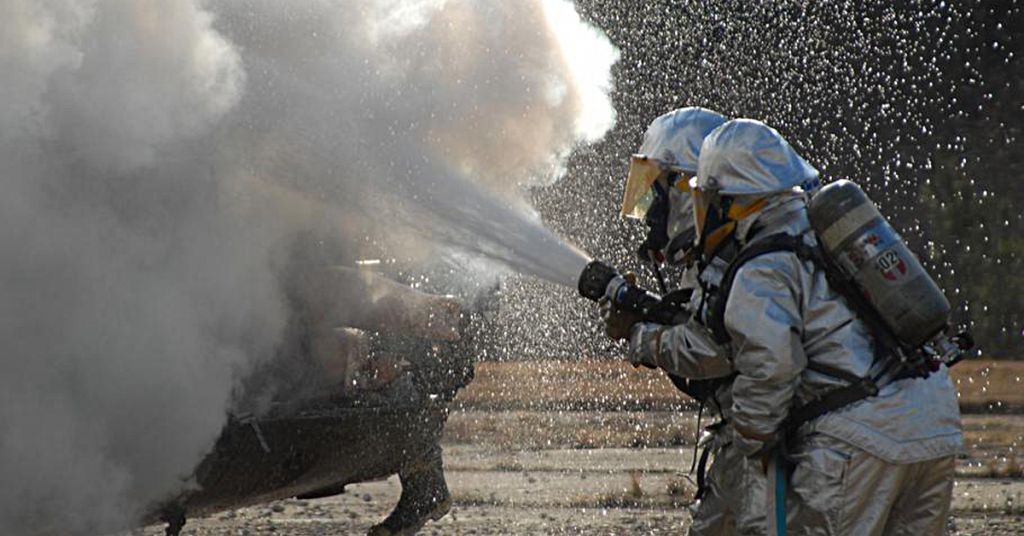
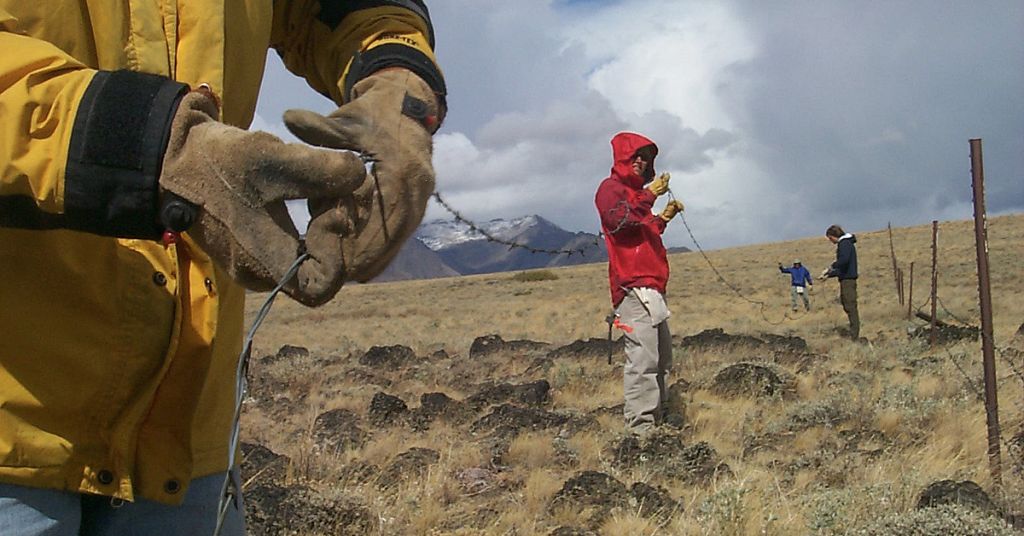
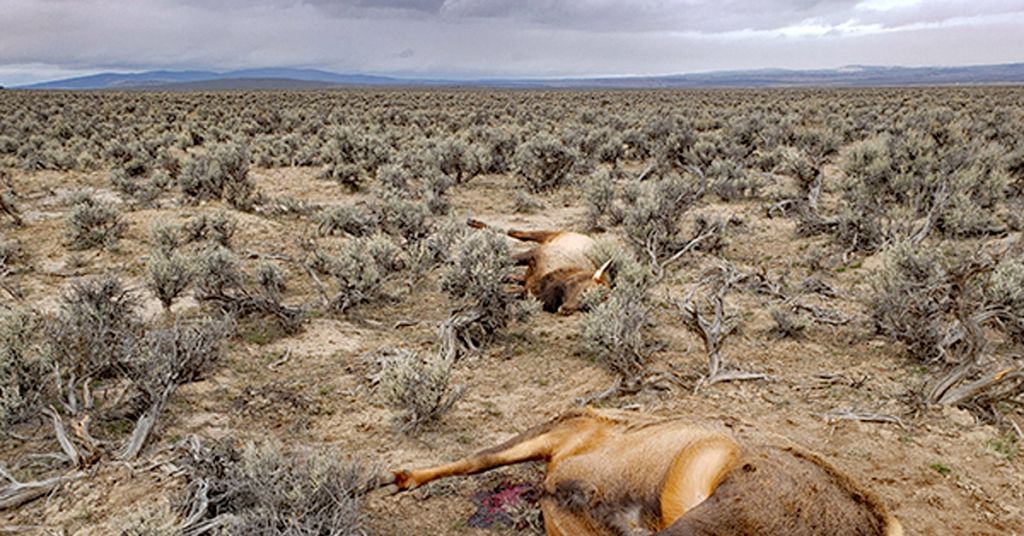



“during startup and shutdown” meaning how much additional poll-meaning the amount generated in the entire production cycle?